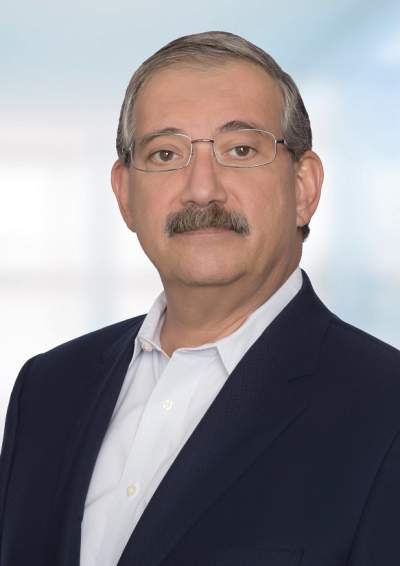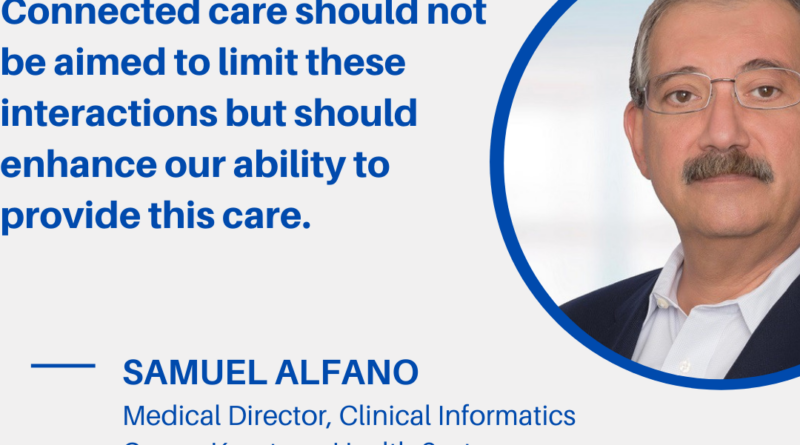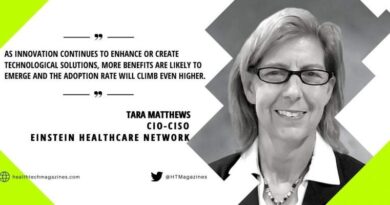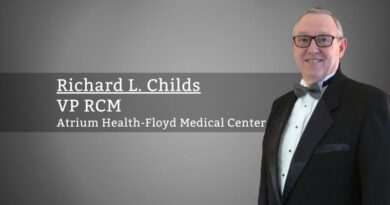The future of Health Care is Connected Care
By Samuel Alfano, Medical Director, Clinical Informatics at Crozer Keystone Health System

Connected Health Care often refers to Technology Enabled Care, where the use of new technology aims to enable patients access healthcare remotely, outside of traditional models of care delivery. In reality, it includes any system that allows Health Care to be delivered in a more Patient-Centric and Patient Participative way. This type of Care includes programs in telehealth, remote care such as home visits, disease and lifestyle management, and new software to support patient connectivity. It also includes connecting a patient’s caregivers to streamline information sharing and thus patient care. When I think of connected care, I recognize four different areas that can be impacted. These are remote care, self-care, information sharing, and monitoring of Social Determinants of Health.
Remote care is the most common technology and is associated with programs focused on telehealth and enhanced communication between providers and patients. This includes electronic visits; email and texting between patients, providers, and other members of the healthcare team; and traditional telehealth programs that provide access in areas where care is lacking. These programs will continue to grow as we try to provide care outside of traditional brick and mortar facilities and increase access. Changes in reimbursement from fee for service to quality based and capitated care has been driving this growth. Now, in times of reduced access to a person to person care, these avenues have become critical for routine care that must occur outside of traditional settings. The recent COVID-19 Pandemic has highlighted our lack of ability to provide routine care outside of the office or hospital setting. Being able to provide care outside of these settings will require a change in our standards for Patient-Physician Interactions. The current framework was built upon a model of clinical care involving symptom-based face-to-face encounters between a patient and a clinician. The nature of health care visits has changed including a greater emphasis on patient-centered, collaborative models of care with clinical teams working together to manage chronic conditions. The usual care of patients with chronic diseases has become increasingly complex and involves multiple visits and multiple providers. Including family caregivers in the flow of information has been shown to increase compliance with ,complicated treatment regimens. These patients and their families can be positively impacted by frequent contact with their health care team, primarily if it can be facilitated by technology and communication tools.
Self-care is growing in popularity, especially among our younger patients. They are often looking for guidance and goals to improve and maintain their health but don’t want to participate in the traditional Doctor’s Office visit. Provider advice and defined goals can be combined with digital technology to give immediate feedback to patients. Apps that can be linked with a patient’s portal and help guide exercise programs, diet choices and medication adherence already exist and will increase in popularity as the current generation ages. Immediate access to care through texting or other electronic means is becoming an expectation of high quality, consumer-friendly, healthcare. Group visits via Facebook and other modalities will become increasingly common and allow patients to share their experiences within a defined community. Physicians may need to become the moderators or creators of these communities, delivering care to populations of patients rather than the traditional one at a time method. New technology to link these apps with biosensors to measure blood pressure, heart rhythm, blood sugar, and other biomarkers are available or in development at this time. These will remove the last real barrier to actual virtual care by allowing the assessment of physical signs that may not be able to be captured remotely now.
Assessing patients’ Social Determinants of Health has been difficult in the past. This has led to the underutilization of this important information in most health care settings. Connecting patients and their data to global positioning systems, twitter accounts, and local and governmental databases will allow us to include social determinants of health into our care plan for patients in a much easier way than has been available before. Examples include identifying the availability of fresh food and vegetables for our diabetic patients or monitoring weather and alerting patients with pulmonary disease. Access to medication, paper goods, and transportation can be updated by caregivers and made available to their patients to help ensure compliance. Case managers’ access to crime statistics, bus routes, pharmacies, and social services can help make sure patients are safe, compliant, and can participate in their care plan. We are just starting to understand how this “outside” data can be used to improve the lives of the patients we serve. Monitoring social media can also help us to be aware of and prepare for disease outbreaks. Influenza visits to the ED increases in asthma attacks, antibiotic resistance in STDs, and the use of new illicit drugs with side effects are examples of monitoring the changing landscape where our patients live and work.
Lastly, sharing of information electronically provides an efficient and safe way to collaborate in the healthcare of patients. Electronic methods of patient handoff have become the new normal in most hospitals. Direct messaging of documents from one EMR to another has become commonplace in some instances. HIPPA compliant texting, videoconferencing, and other modalities allow providers to share information immediately across multiple specialties and institutions. Grand rounds, tumor conferences, and other CME activity will increasingly become virtual. This will enable the rapid sharing of new treatment modalities across the Physician Community. Reports of illness occurrence in real-time will help to identify and track new and recurrent diseases before they become widespread and epidemic.
The traditional practice of medical care is changing rapidly. Providing care in unique and novel ways will allow patients access to care while making the use of providers and facilities more efficient. Providers and patients will always need to interact face to face. Touch is a very powerful part of the practice of medicine. Connected care should not be aimed to limit these interactions but should enhance our ability to provide this care.



